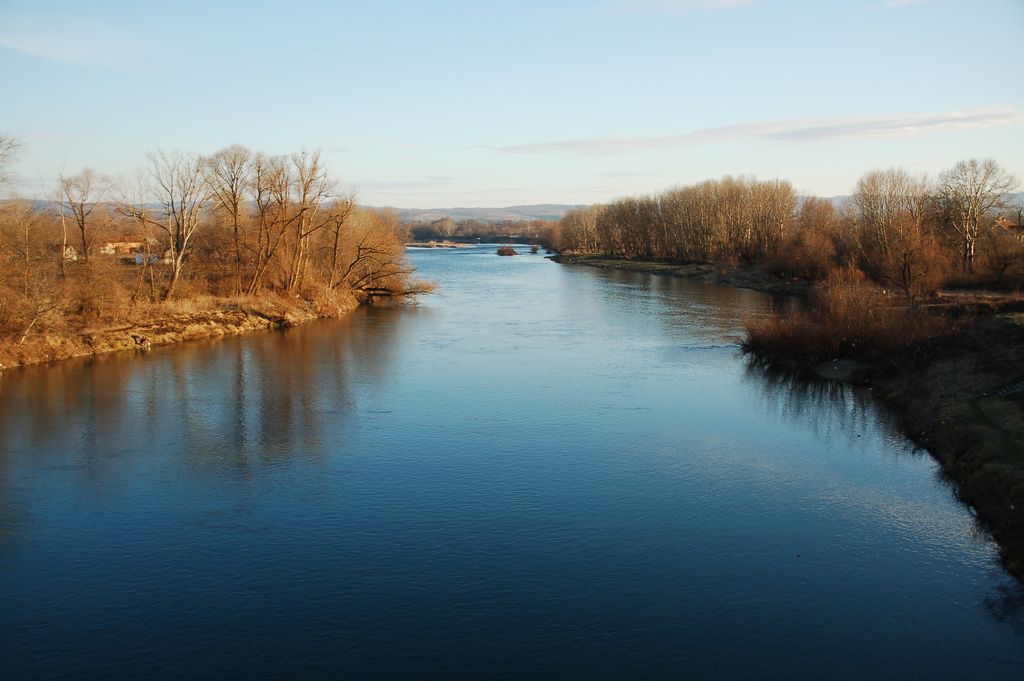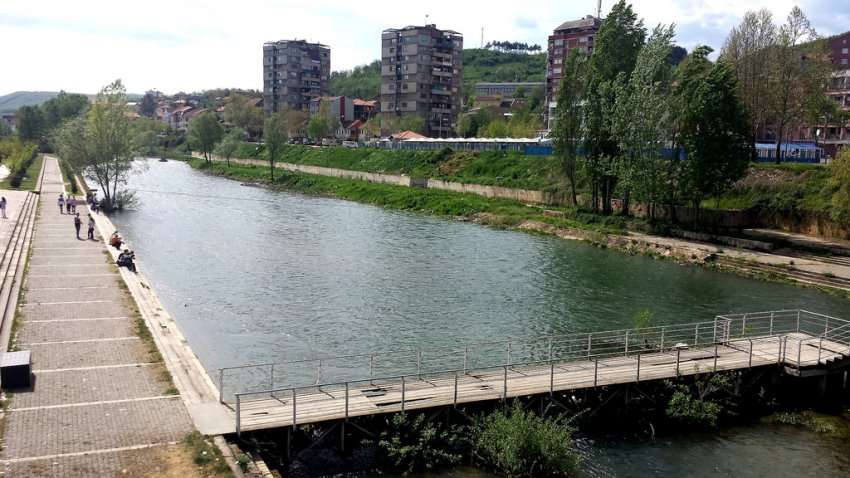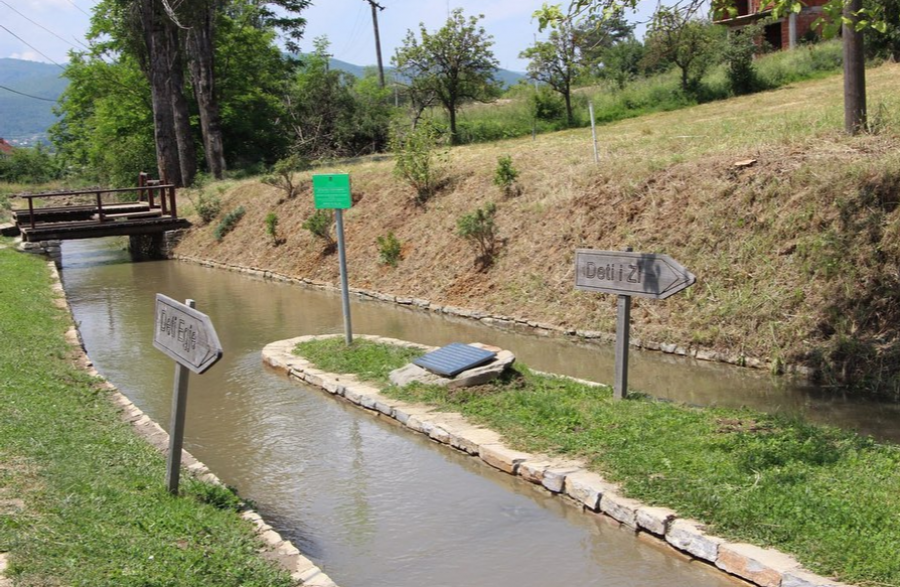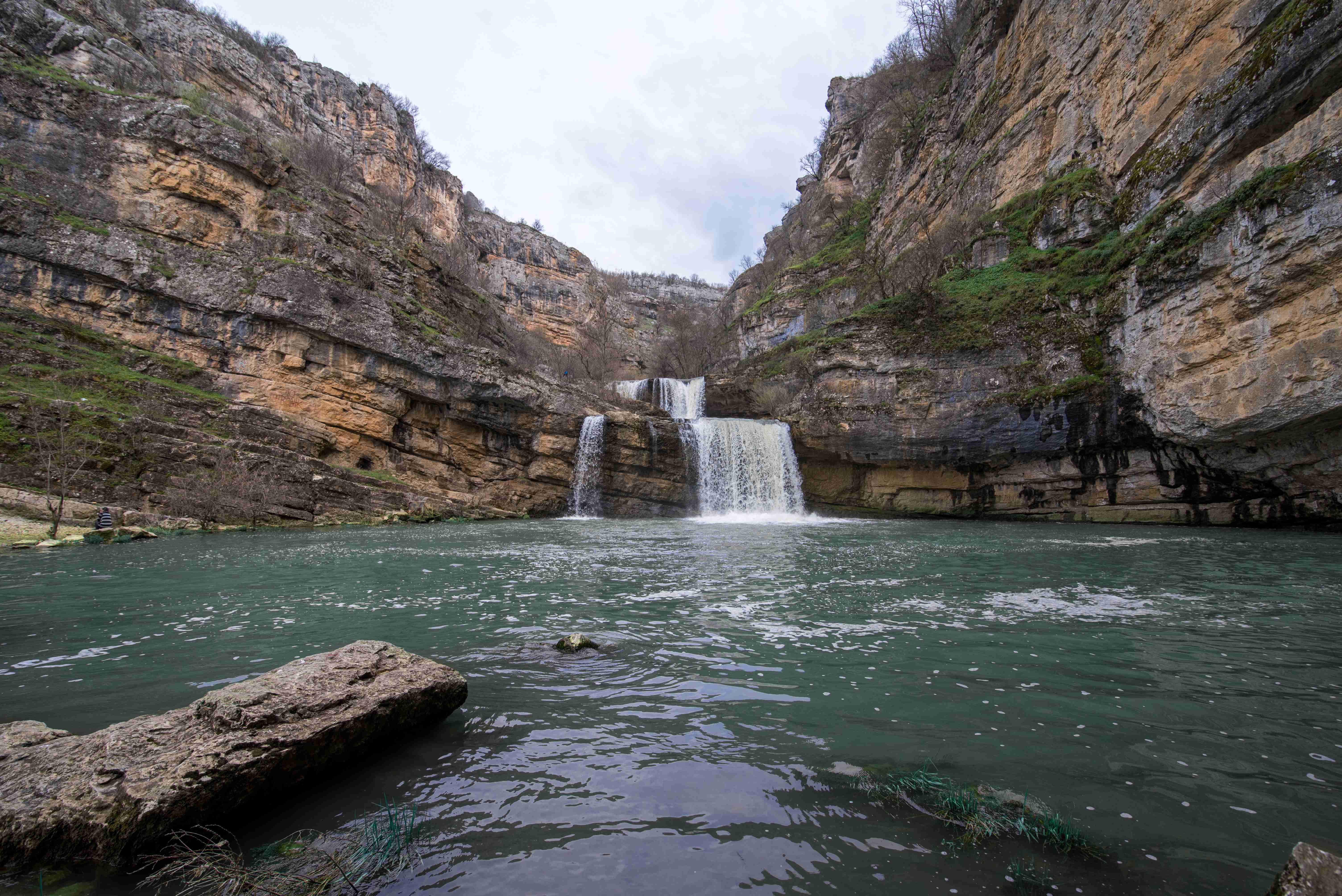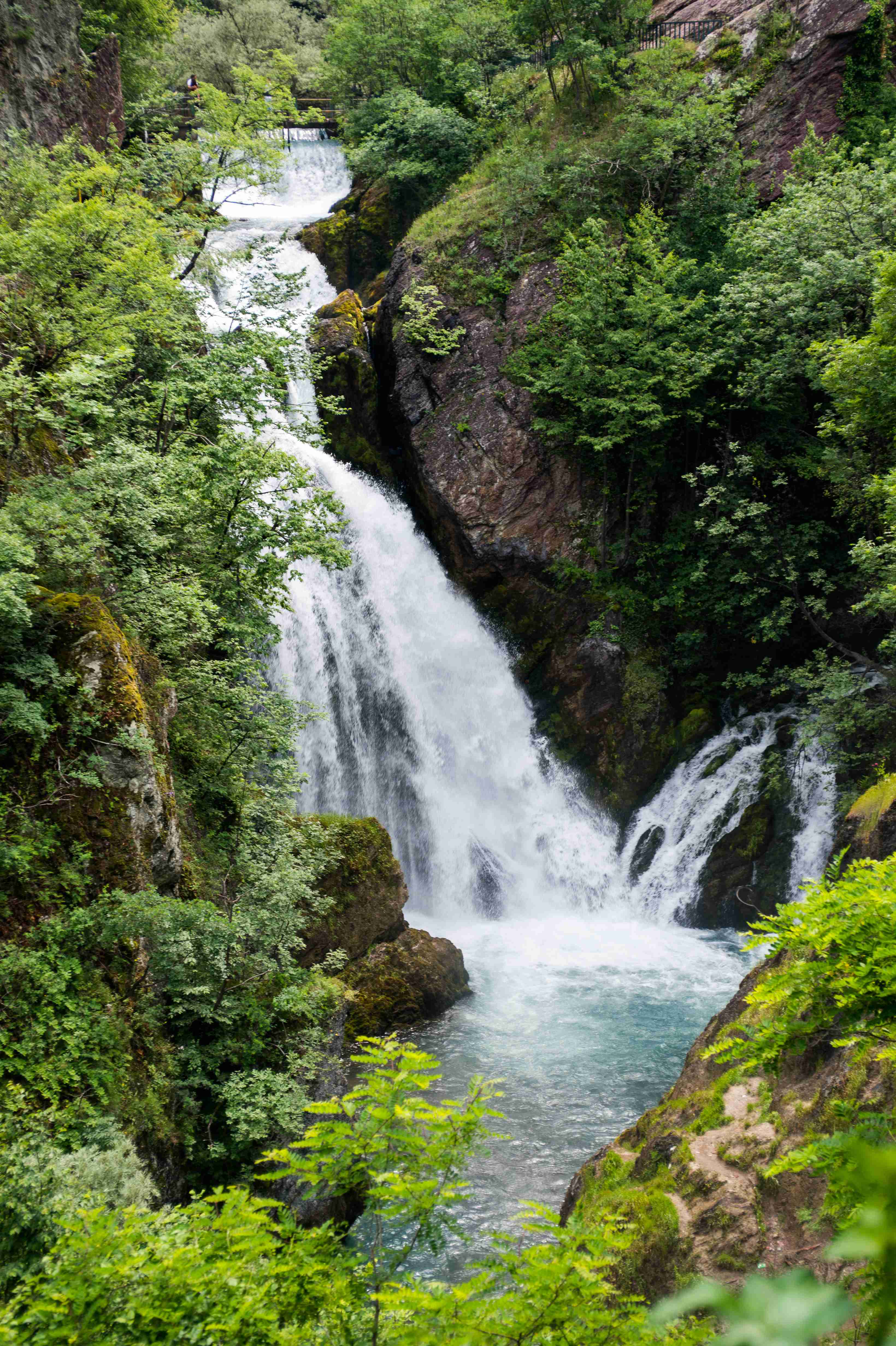The Binca Morava River
The Binca Morava is a river in Kosovo. The Binca Morava originates in the Karadak Mountains (Black Mountains) on the territory of Macedonia south of Viti and north of Skopje. Two streams form the Great Stream, which when crossing the border is known as the Morava of Binca. The name was taken from Bince settlement. The Morava River of Binca flows through the Anamorava Plain through Velekinca and up to the Strait of Konculi passes through the Presevo Valley where, after 49 km of length, it joins the Little Presevo Morava near Bujanovac. The Binca Morava belongs to the Black Sea Basin. It joins the Western Morava which joins and flows into the Danube and then into the Black Sea. The entire basin of the Morava of Binca with its tributaries covers an area of 1,156 km2
 en
en al
al srb
srb